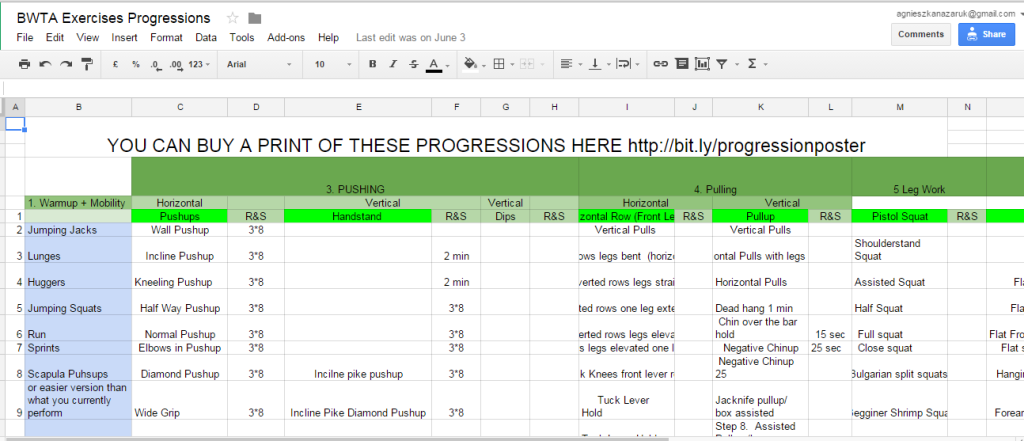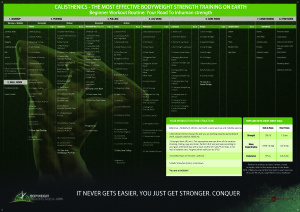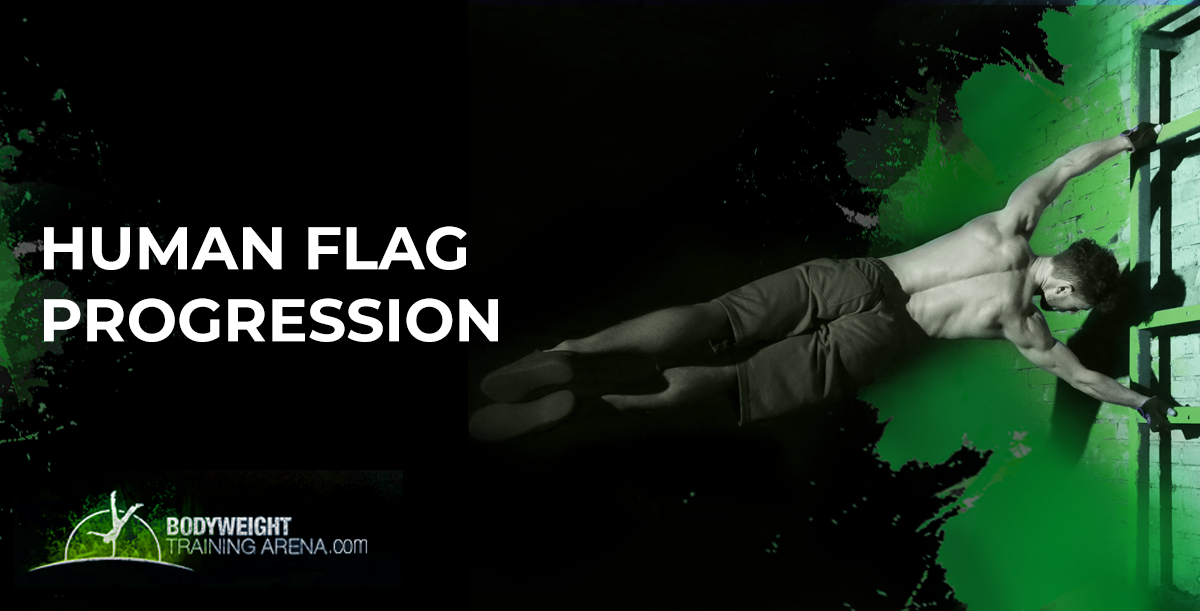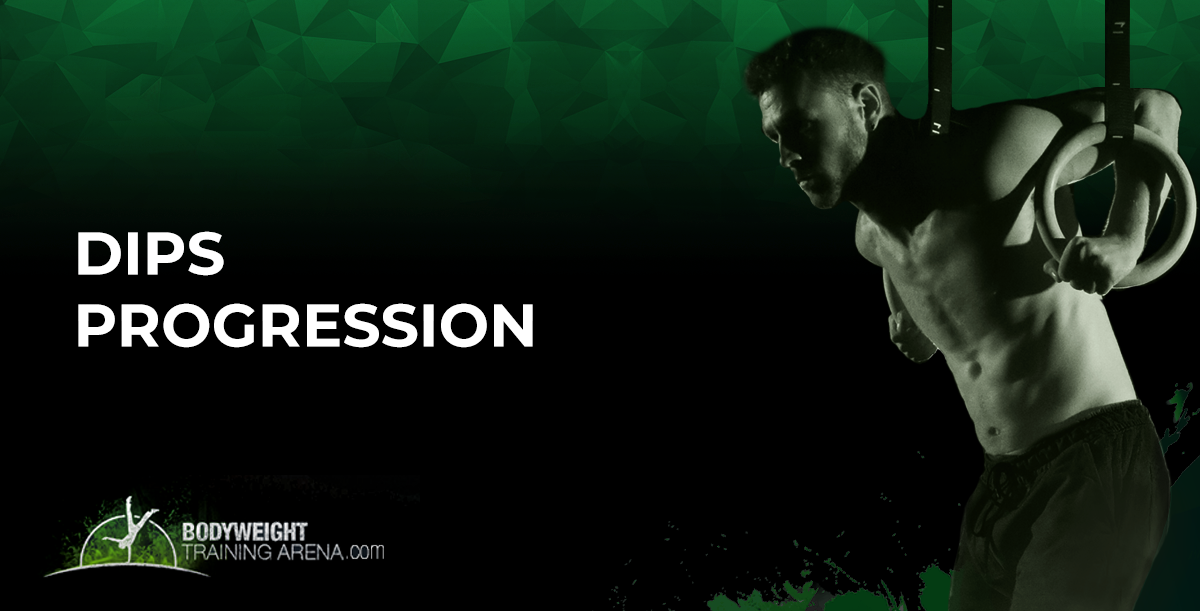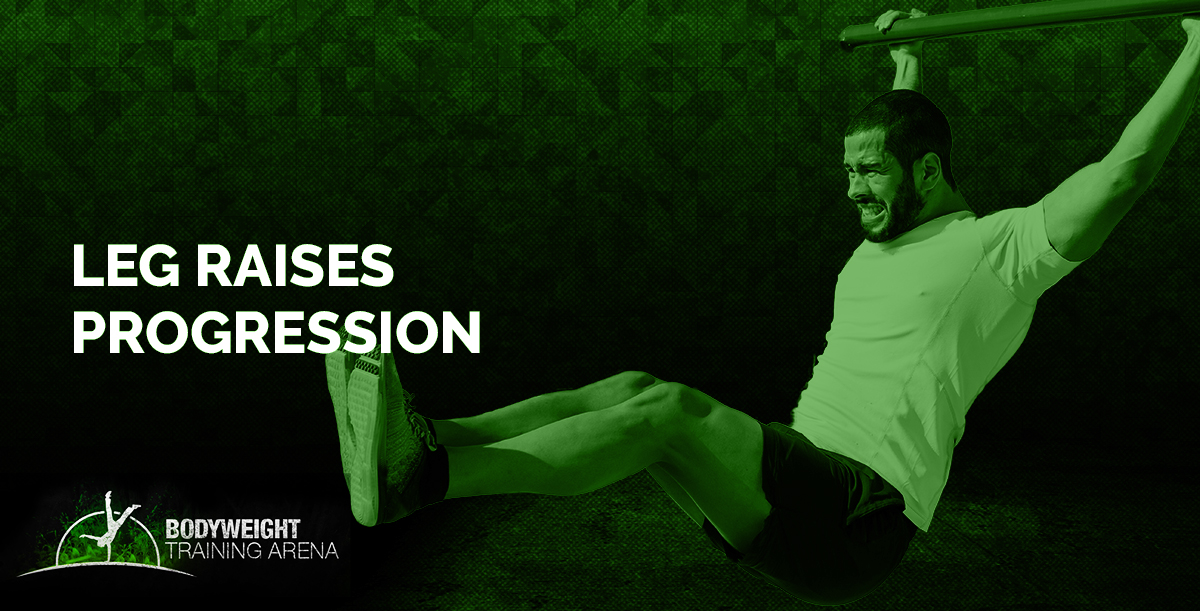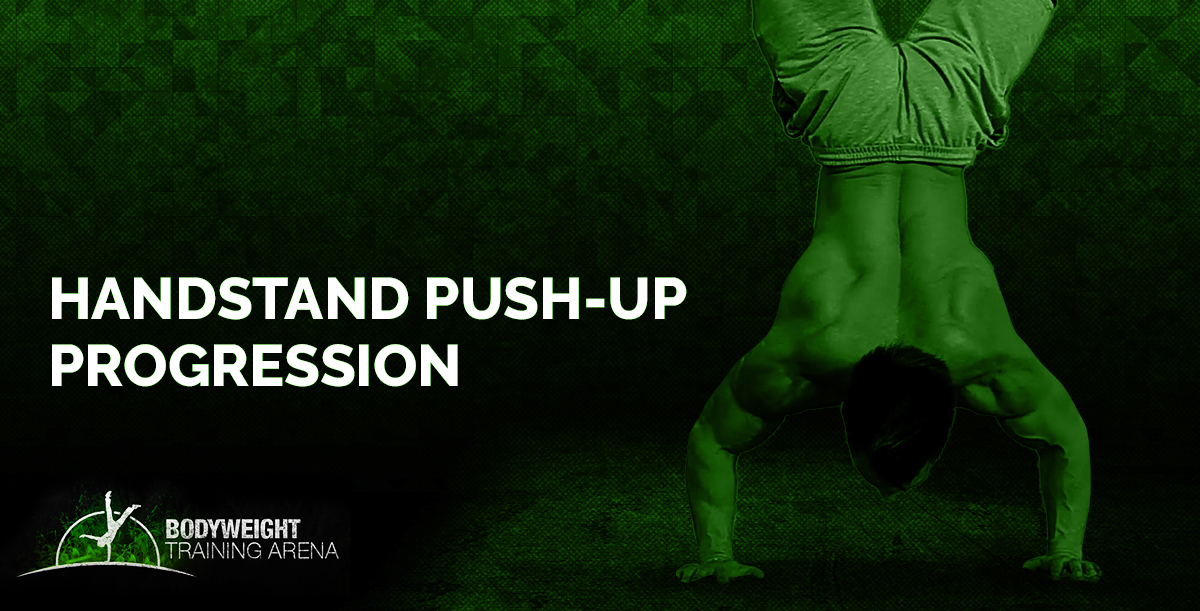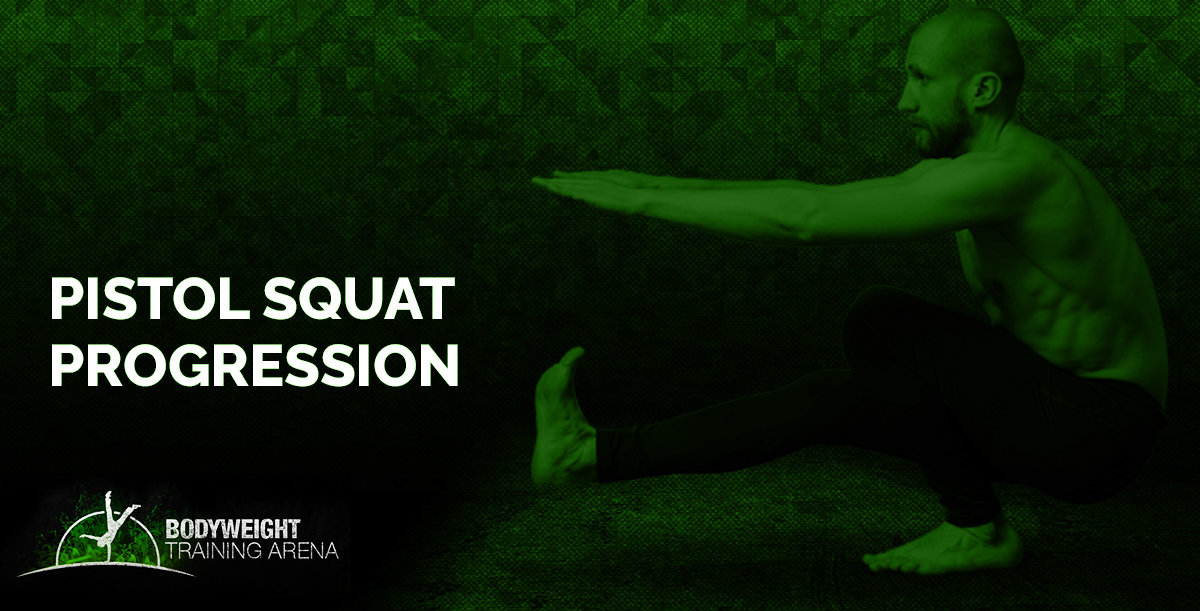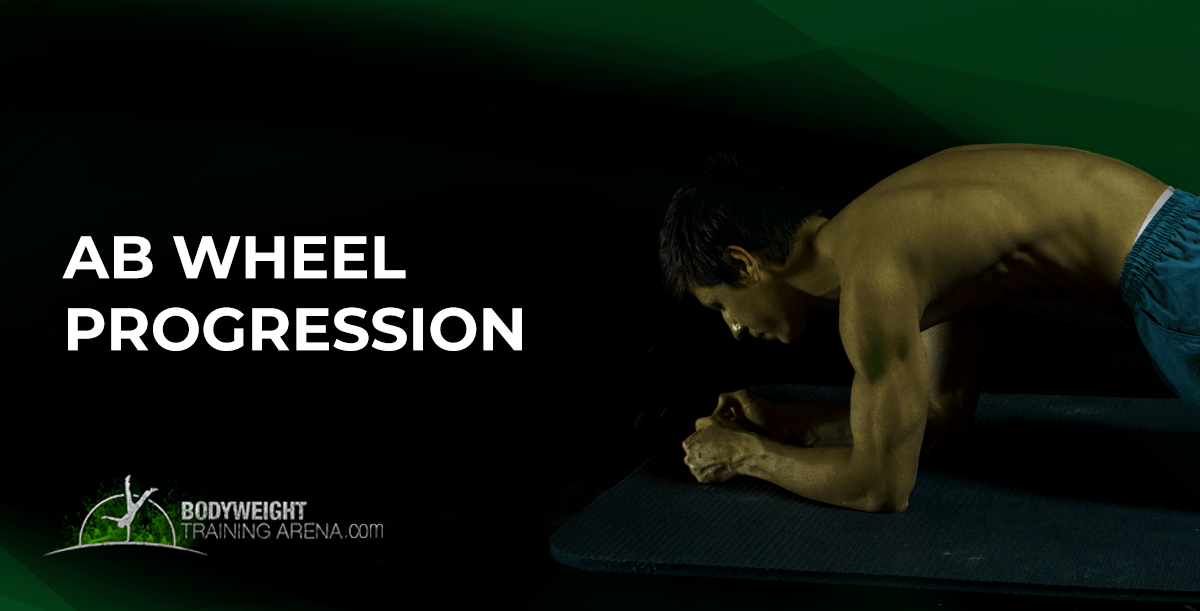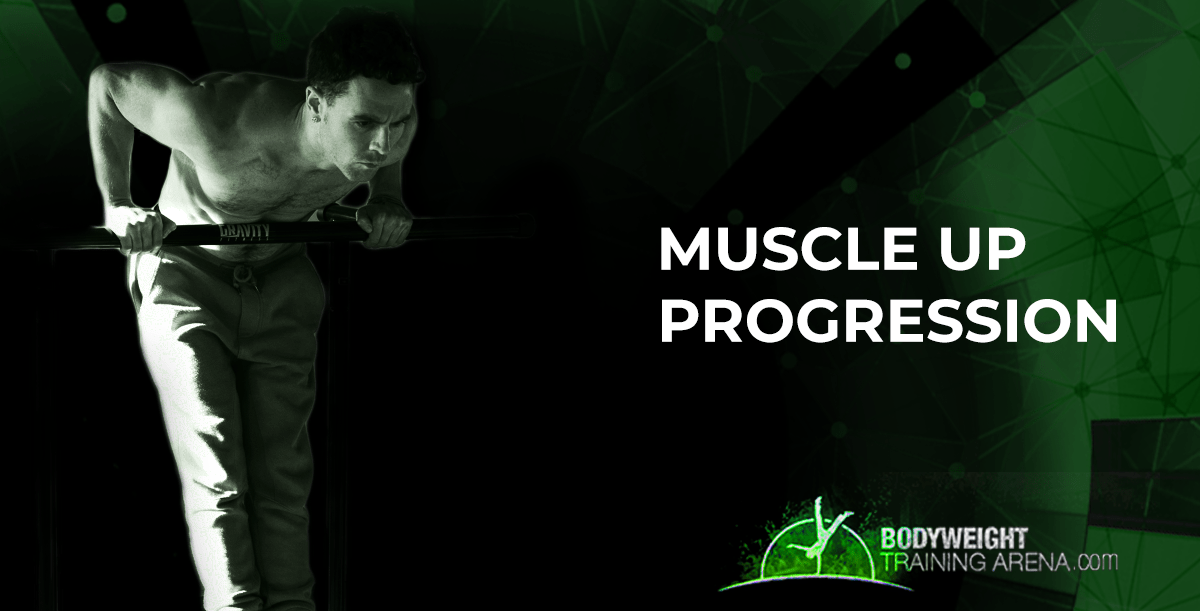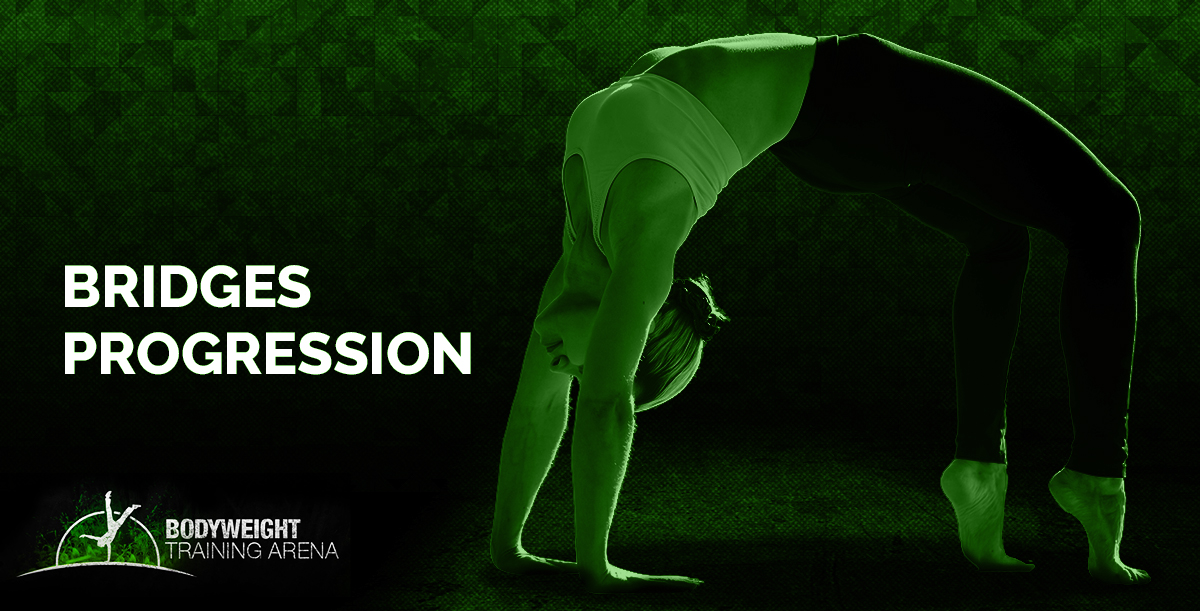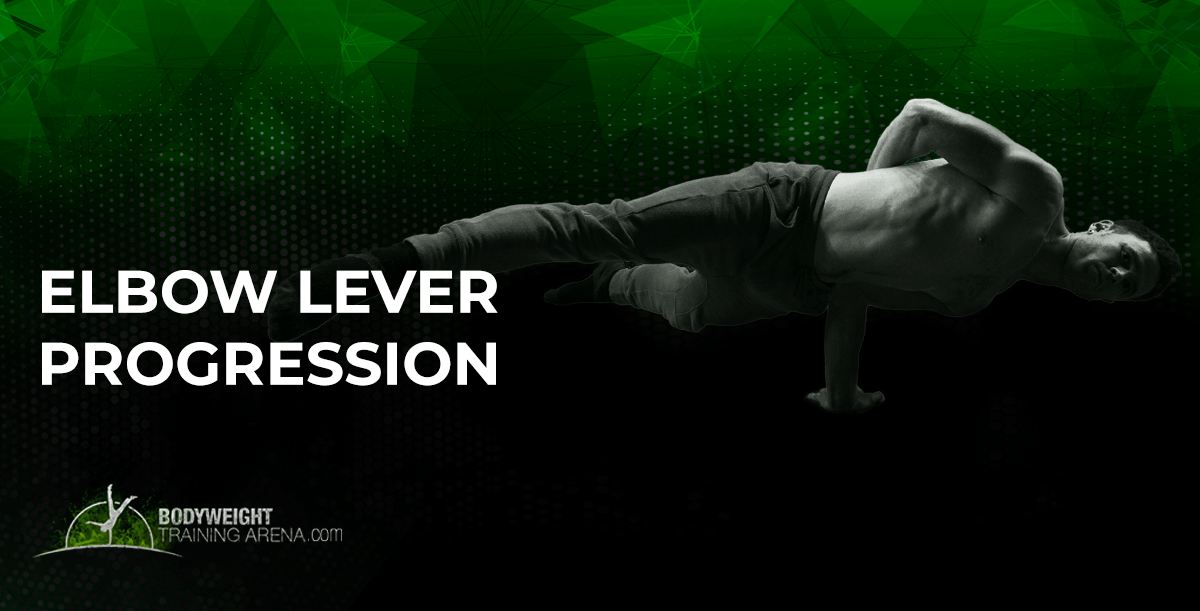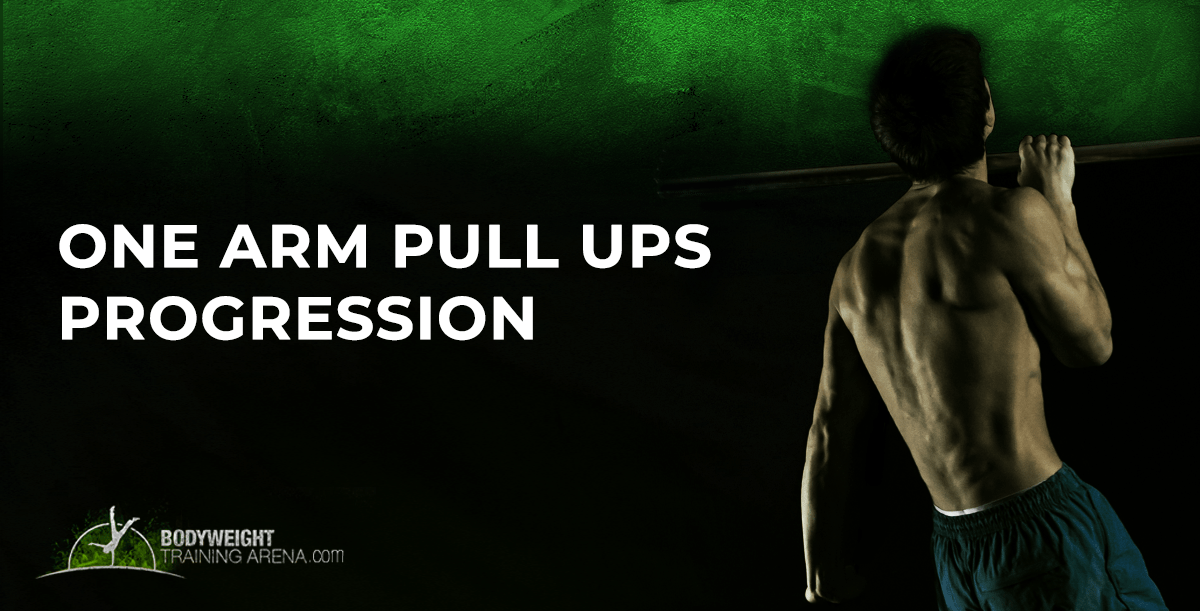GET FIT WHILE LEARNING IMPOSSIBLE SKILLS!
Finally get to master that special move you’ve always wanted or develop that specific skill.
Following our coach-developed progressions, you’ll find yourself step by step achieving your goals.
Join the tribe of Movement & Calisthenics Athlete - people just like you that are working with their own body weight to get strength, lose fat build muscle, recover from injuries and live their best lives!
Your Ultimate Guide to Progressive Calisthenics
Build Strength, Mobility, and Gymnast-like body without weights
It’s easy to get stuck in a rut when it comes to your fitness goals. You can start off strong and motivated, but quickly lose interest or find yourself injured with no way to continue.
It might seem like you’re never able to make any progress towards your goal, but there is a solution that will allow you the ability to make continual progress without injury: Calisthenics progression principles!
The Principles of Calisthenics Progression
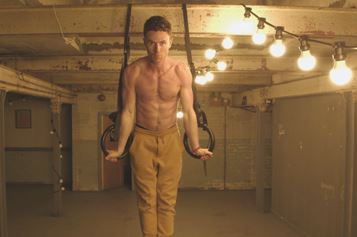
The principles of calisthenics involve gradual strength gain by increasing your capability to do exercises of increasing difficulty.
The name for this philosophy is known as “progressive calisthenics.” This involves beginning with the constant repetition of relatively easy exercises, which will increase in difficulty as your strength and bodily capabilities progress. As your body adapts to the stimulus, small changes are made to the workout or exercises to keep your body growing and not stay “complacent“.
However, here at Body Weight Training Arena, we’ll go deeper into the subject of calisthenics. Furthermore, our primary focus is going to be on the practical side of things or the calisthenics progression.
Read the highest quality content available! Learn more about powerful and progressive calisthenics!
Facts that you need to know about calisthenics
There are historical references to calisthenics as early as the year 335 BC when Aristotle wrote about exercises, which are now known as calisthenics.
There is a wide range of different types of calisthenic exercise. They can be categorized into groups such as bodyweight training, gymnastics, yoga, and dance.
For now, we’ll focus more on the bodyweight training aspect which focuses on using your own body weight as a form of resistance to develop strength, muscle, endurance, mobility, and skills. It’s still resistance training, but using your body weight and manipulating other factors to get more challenging exercises.
Once you decide it’s time to improve your life, body, and mental state with calisthenics, the next step is to educate yourself on the subject.
“Calisthenics is a form of fitness that utilizes gravity and bodyweight leverage to challenge your fitness level. I feel like that’s the easiest way I can put it,” says Kenneth Gallarzo, who you may know as Progressive Calisthenics on Instagram.
Originally, calisthenics was a method of promoting health, “and thus securing beauty and strength,” in school children, but it has evolved into a training method that shares a lot in common with gymnastics. Unlike gymnastics, though, it can be practiced outdoors and is known as a “street workout.”
Research facts about calisthenics
The 2017 study, “The effects of a calisthenics training intervention on posture, strength, and body composition,” by scientists from the Sport and Exercise Sciences Research Unit at the University of Palermo, Italy, found that calisthenics training is a “feasible and effective training solution to improve posture, strength and body composition without the use of any major training equipment”.
After all, calisthenic exercises are a form of resistance training. The approach can help lose fat, build muscle for the entire body while developing functional strength or how to be strong in the real world.
Read more: What does it mean to be strong in the real world
Calisthenics exercises are compound movements
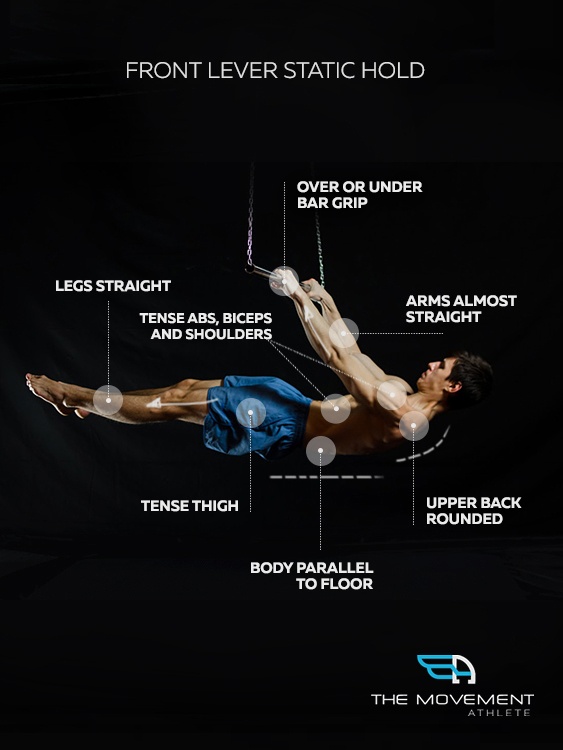
The front lever requires strong pulling mechanics. Full-body tension is needed to achieve the hold.
Compound movements are exercises that hit multiple muscle groups and require multiple joints to initiate motion.
An example of a calisthenics compound movement is the push-up, which works your chest muscles and arms to initiate motion from hands on the ground, while also leveraging your shoulders and core for stability.
The journal Medicine & Science in Sports & Exercise published that “compound exercises produce greater muscle activity than isolation exercises” which translates to better gains for strength and muscle development. Hitting a set of muscle groups also means more calories burnt, a better range of motion for mobility, and better coordination.
If you want to opt for calisthenic exercises to build bigger muscles, you can still work on bodyweight exercises that simulate isolation to increase workout volume for a specific muscle group. So don’t worry about getting stuck with your size as long as you are still aiming for a realistic calisthenics aesthetic figure.
Calisthenics exercise don’t need gym memberships
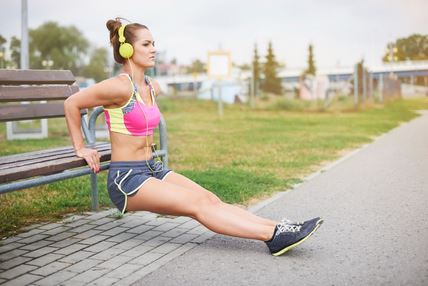
Workout anywhere, indoors or outdoors. Photo from gpointstudio from Freepik
This might be an obvious one but you don’t need gym memberships or any fancy equipment to get started with calisthenic exercises.
However, some calisthenic exercises require equipment. These exercises are also the bests and foundations of the approach so expect for these to be included in the best calisthenics program.
These pieces of equipment aren’t mandatory but can help if you want to maximize your progress from calisthenics.
To know more about the calisthenics equipment and alternatives, check out the article below:
The ULTIMATE GUIDE to CALISTHENICS EQUIPMENT and cheap ways to replace it
Calisthenics progression without gym equipment
What it takes to get stronger
A common myth in the mainstream fitness industry is that calisthenics training is for beginners and can only progress by adding reps.
THIS IS FAR FROM THE TRUTH.
Doing sit-ups or push-ups even with perfect form for more and more reps will not always do the trick.
Progressing in calisthenics training requires the application of “progressive overload“. This is an increase in the amount of exercise you do, or it is a change to a level of exercise.
In weight training, progressive overload can easily be attained by adding more weight, reps, and sets.
Methods you can use to progress
In body weight training, there are a number of ways that progressive overload can be introduced to your routine. One way is by increasing the amount of bodyweight you use in an exercise set – for example, one-arm handstand push ups from pike push ups or pistol squat (single-leg squats) from two-legged bodyweight squats.
Here’s a brief of the ways to progress with Calisthenics:
Change volume
The easiest way to increase the intensity is by adding more reps and sets.Very straight forward approach.
Add weight
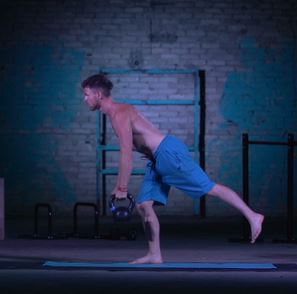
Weighted single leg deadlifts.
This doesn’t mean switching to lift weights. We mean using calisthenics exercises then adding weights to the same calisthenic movements.
Pull-ups, chin-ups, squats, these are the best (but not limited to) compound exercises you can add weights to further increase difficulty.
Weighted calisthenics exercises offer the same benefits of regular bodyweight exercises while eliminating the limitation of your body weight as resistance. Adding weights is great for developing absolute strength and helps muscle building even further.
Change in range of motion
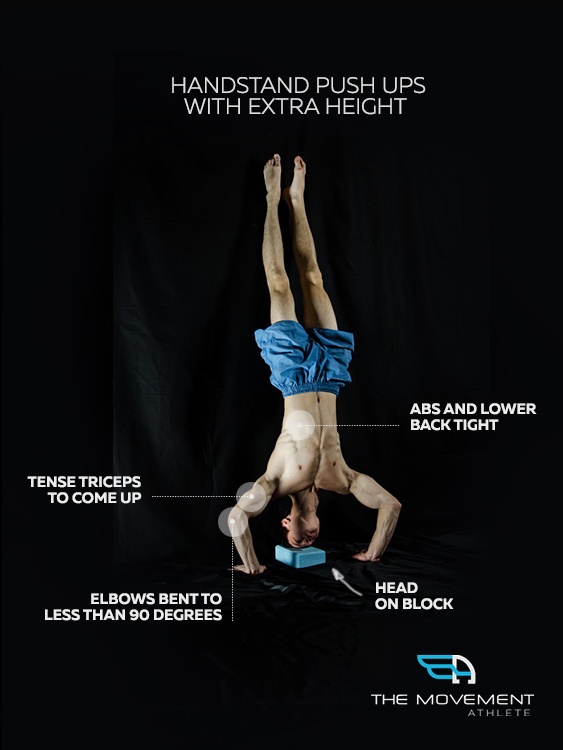
Placing the block under the head decreases the required range of motion to perform the handstand push-up
While we always aim to reach the full range of motion for every exercise, it still varies with your current skill level. Partial range of motion has its place in calisthenic training.
A handstand push up workout routine is a good example. Achieving the deep full range of motion requires a high level of upper body strength which is not always immediately accessible even with more experienced calisthenics athletes.
So to train handstand push-up, you can begin by decreasing the range of motion of the exercise. As you get stronger, aim to get lower. Of course, before using this progressive calisthenics approach, you first need to master earlier progressions such as the pike push ups.
Increase training frequency
Adding one more training session to your weekly calisthenics workout week can add total workout volume in general. Just be wary of your workout schedule as you would want at least a 24 to 48-hour rest period for a specific muscle group.
READ MORE: 8 ways to progressive in calisthenics
Using progressions
As a counterpart of the adding of weight in weight lifting, calisthenics use progressions.
With progressions, an exercise can be modified to get exactly what you need to make exercises harder. Calisthenics progressions are sets of body weight exercises with variations that teach the necessary skill and strength towards the main calisthenics progression. So all bodyweight exercises have progressions so you can continue to build muscle and get stronger.
Here are four modifications you can with a bodyweight exercise for calisthenics progress:
Add/decrease assistance
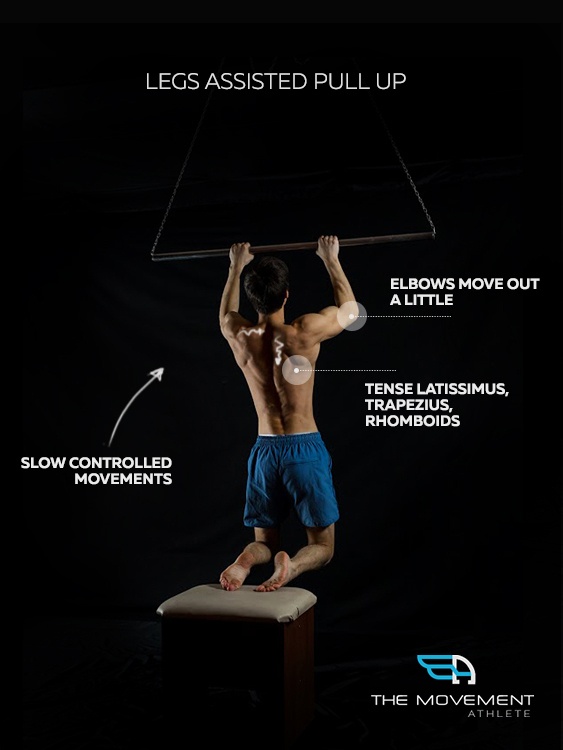
One of the best way to learn push-ups is using your legs to lessen the loading
For example, if someone wants to get better at pull-ups and can currently do one unassisted pull up then their goal would be to work on doing two or three assisted pull-ups before trying for an unassisted one again. Assisted pull-ups can be done with the legs or resistance bands.
Change the lever
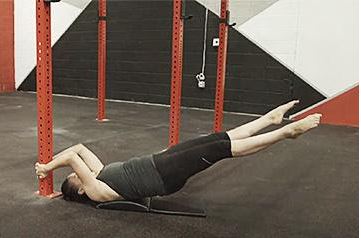
Dragon flag straddle has the same body positions as front lever
There are many exercises that are essentially a form of lever. Altering this will can put you in a more mechanically disadvantageous position for more challenge.
For example, planche and front lever (it’s already in the name) are a type of lever. The progression of these exercises works by slowly extending the body position so that it lengthens the lever. This makes the exercises so much harder and which is also why the full planche and full front lever have a fully straight body.
This is the same reason why taller individuals might need more time to train in order to master such skills. It’s not that it’s impossible, but there is an evident disadvantage in physiology.
Change the angle
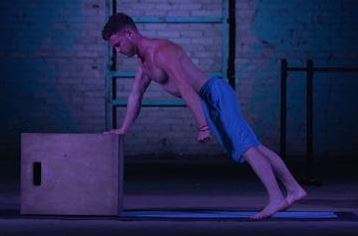
Add inclination to decrease one-arm push-up intensity
A simple change in angle inclination/declination to increase or decrease the intensity of an exercise.
We can use push-ups for example. Beginners can begin with wall push-ups that put the body into the most vertical position. As you get stronger, you can move into a lower incline until you’re doing the floor regular push-ups.
Change the weight distribution
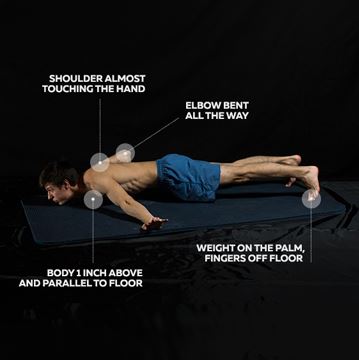
One-arm assisted push-up AKA Archer push-ups
Using unilateral work, or one-arm training is a great way to make an exercise harder. For example, if normal push-ups are too easy, work your way towards the one-arm push-up and you’ll get what I mean. For squats, try out the pistol squats. For pull-ups, the one-arm pull-ups/chin-ups.
Gymnastics Rings Training
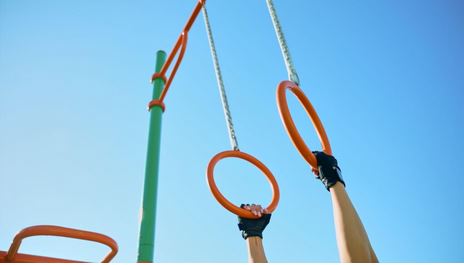
Easily hang your gymnastics rings anywhere. Freepik from serhii_bobyk
If you can get one piece of equipment for your calisthenics workout, rings would be the best option for upper body development.
Rings add instability to any great exercise and turn it into the perfect exercise for building muscle and strength into another level.
You can check out the article below on how you can increase the push-up intensity using rings:
6 Advanced Gymnastics Rings Push-ups for Upper Body Strength
Ring training isn’t exclusive only for trained calisthenics athletes. You can also use certain pulling exercises such as pull-ups and bodyweight rows for beginners. You can always scale the difficulty of the exercise by adjusting the straps and wing
Great start for beginners!
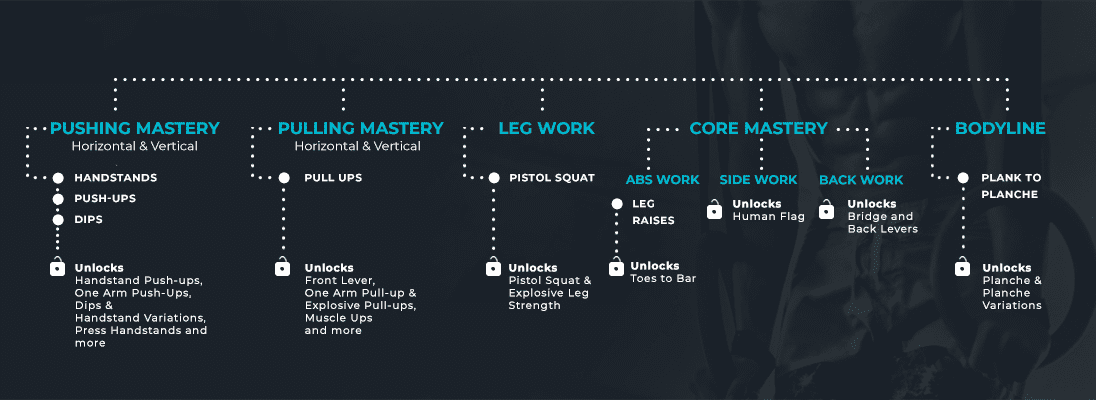
Fundamental work is the main priority for those who are just starting with calisthenics. Mastering the fundamentals allows for overall faster progression for general health improvement and strength, muscle, and skill development.
Brief progressions for fundamental calisthenics exercises
In order to build up strength and skill safely, an extensive calisthenics progression is needed for each main exercise.
Here’s an already comprehensive preview of what’s included in the progressions for each fundamental mastery.
** TAKE NOTE: This is only a brief. It’s not the complete set for each exercise yet. If you want to see and experience the full thing, head over to The Movement Athlete.
Pushing Mastery
Push-ups – Horizontal push
The most popular and best exercise for chest and tricep development. It promotes good horizontal pushing strength which further translates to other calisthenics pushing skills such as planche and handstands.
General form cues:
- Elbows tucked close to the body
- Elbow move within the scapular plane
- Straight bodyline
- An appropriate range of motion
- Full body tension
- Shoulders depressed every time
- Shoulder retracted at the bottom position
Wall push-up
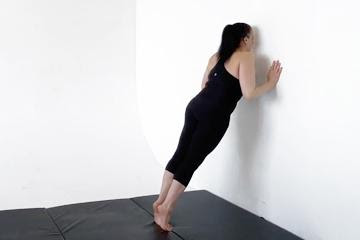
The first progression for pull-ups is by starting at the wall. The high angle of inclination puts minimal loading on the pushing muscles which is excellent for beginners. At the same time, this exercise teaches the proper general movement pattern for push-ups.
Incline push-ups
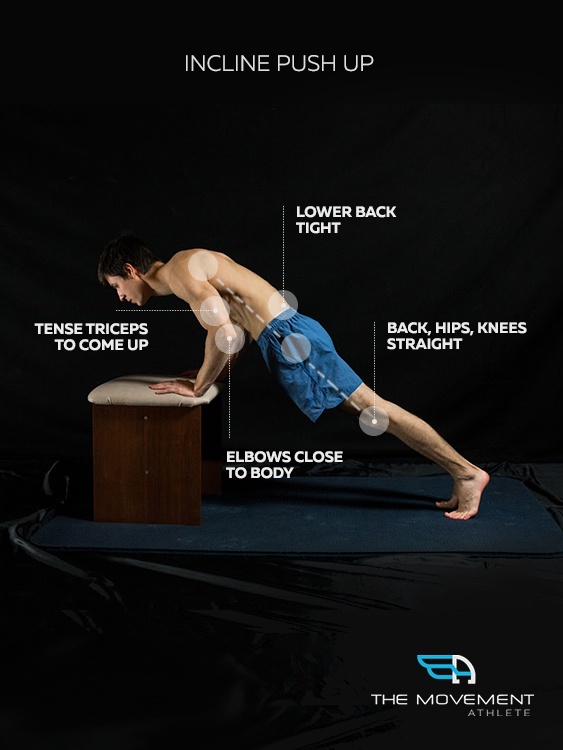
The next step is to move to a lower angle from the wall. Incline push-ups offer a scalable way to further improving your pushing strength.
Knee push-up
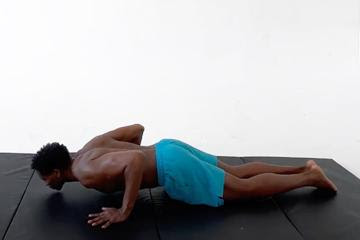
Once you get stronger, you can move to the floor, but first shorten the lever by placing your knees on the floor instead of anchoring on your feet.
Half push-ups
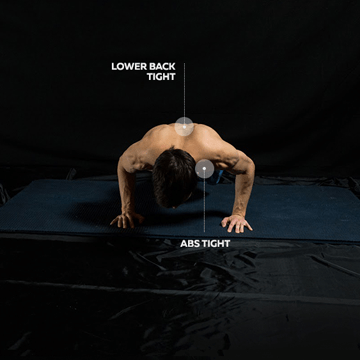
As mentioned earlier, strategically reducing the range of motion can still build strength. Move to a larger range of motion over time.
Standard push-ups
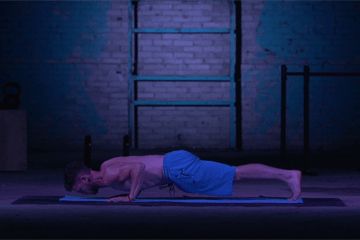
Everybody knows the basic push-up, but people don’t always get the form right. Remember that form plays an important factor for maximum and safe development.
Harder progressions:
One-arm push-ups
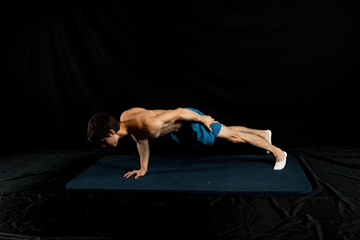
Mastering the basic push-ups opens the opportunity to move towards harder progressions such as the one-arm push-up. Within this exercise, there is also a progression you need to follow.
Dips – Vertical push
Dips target the chest and tricep muscles by utilizing the vertical pushing motion. It also helps develop stronger and healthier shoulders.
General form cues:
- Elbows tucked close to the body
- Elbow move within the scapular plane
- Straight bodyline
- An appropriate range of motion
- Full-body tension
- Shoulders depressed every time
- Shoulder retracted at the bottom position
- Move through your current shoulder mobility
Bent knee bench dips
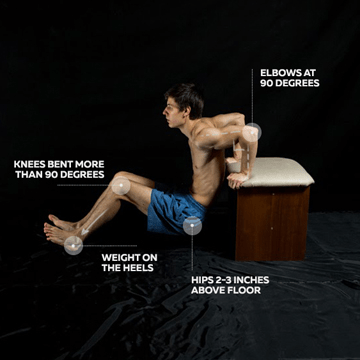
This progression puts more emphasis on the tricep muscles, but also a great way to build up strength for the regular dips on the parallel bars.
Elevated legs bench dips
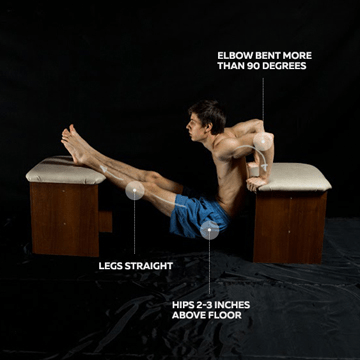
Elevating the feet with straight legs lengthens the lever and also lessens the support from your legs.
Legs supported dips
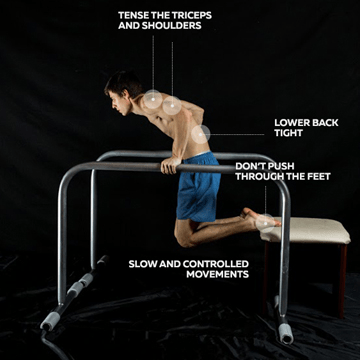
This variation places the legs at the back to target your chest muscles even more. Legs supported by the floor or an elevated surface help lessen the load.
Slow negative dips
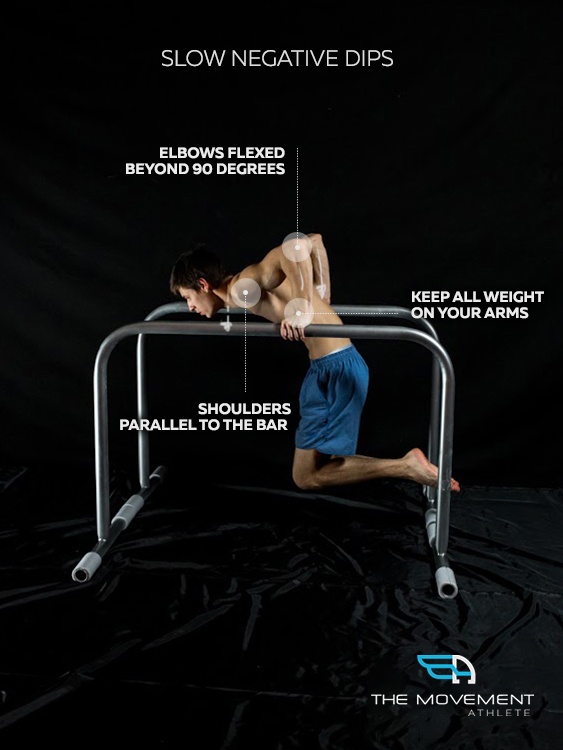
Our bodies are much stronger in the eccentric (negative) phase of an exercise. In dips, it’s when you’re lowering your body down. Negatives are beasts for developing strength while the concentric phase is still difficult.
Bottom dip hold
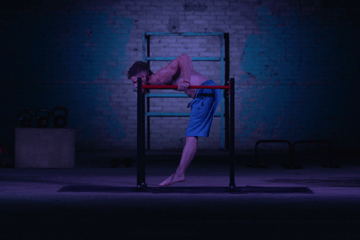
Another way to develop strength is by isometrically holding a position you need to address. For dips, the bottom position usually is the most difficult to sustain which is why incorporating bottom holds is vital in this calisthenic progression.
Dips
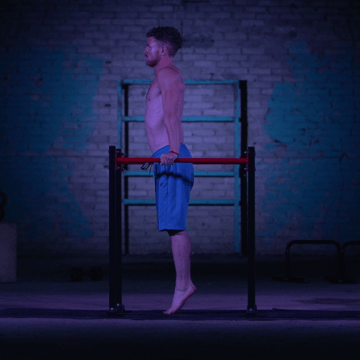
Full dips involve a full range of motion with proper form. From this point forward, you can go weighted or move to more complex dip progressions.
Harder progressions:
Ring dips
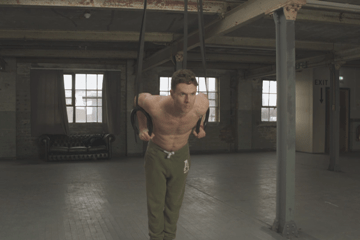
Ring dips are just on a different level. The added instability adds much more stimulation to the upper body that mastering dips on a stable surface first is crucial if you want to learn them on rings.
Handstand – Basic skill
The wall handstand is a great introductory skill for calisthenics skill work. It doesn’t demand too much mobility and strength so learning as a beginner is possible.
General form cues:
- Fully elevated shoulders
- Grip the floor with spread fingers
- Stacked body line
- Full body tension
- Open shoulders
Wall stand
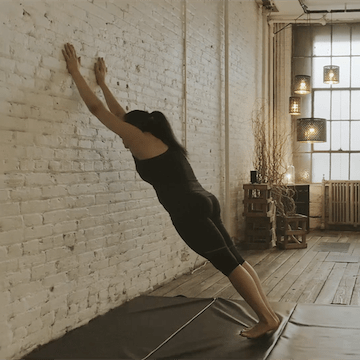
First step is to first develop good overhead shoulder mobility and flexibility. A wall stand puts a light demand on the shoulder at the end range of a handstand while training your body alignment with minimal loading.
Downward dog hold
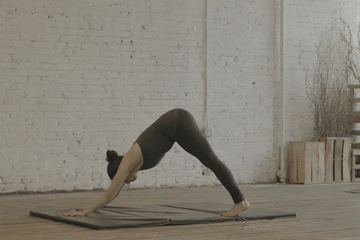
This is also known as a popular yoga pose. It helps open up the shoulders even more while adding more load to them.
L-stand
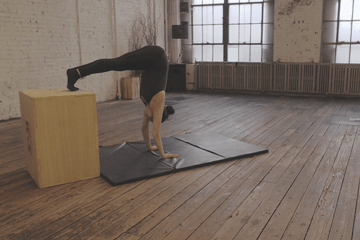
L-stand lets you get closer to a handstand by simulating the exact position for the upper body. The leg plays a support role to aid balance and lessen the load.
3/4 handstand
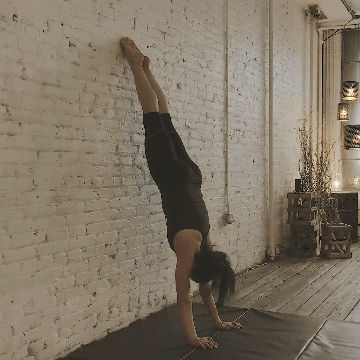
This diagonal handstand variation trains good alignment while minimizing balancing components and loading on the shoulders thanks to the angled position.
Handstand hold (against wall)
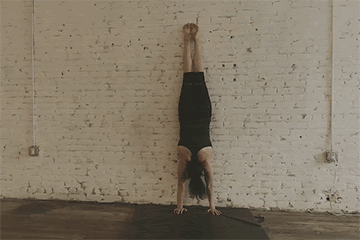
In this exercise, you are in a completely vertical position simulating a full handstand. Only the wall assists for balance. Facing the wall allows the minimal error of handstand technique.
Harder progressions:
Freestanding handstand
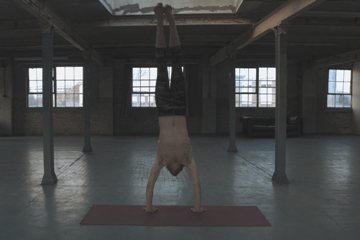
Once you get comfortable with the wall aid, the obvious next step is mastering the freestanding variation.
Planche
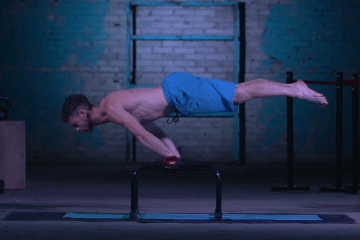
In a technical sense, the planche is a horizontal pushing movement compared to the vertical pushing pattern of the handstand. This means you don’t necessarily need a handstand to learn planche, but mastering the handstand offers much more benefits such as teaching proper body alignment and correct body activation. Plus, you’ll surely learn handstands much quicker compared to learning the planche.
Pulling Mastery
Pull-ups – Vertical pull
Pull-ups are the best exercise for developing a strong pulling game and upper body posterior chain.
General form cues:
- Retract and depress shoulders once initiating the movement
- Imagine driving the elbows towards the hips when moving
- Full-body tension
- Hands shoulder-width apart
- At least chin over the bar
- Neutral head position
Dead hang
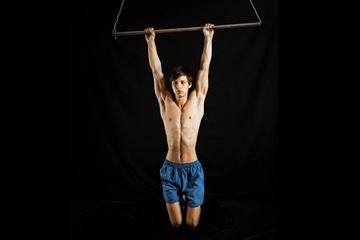
The pull-up journey begins with the dead hang. This practices the overhead flexibility and grip strength which is a huge factor in mastering the pull-ups. You can’t do proper pull-ups if you can’t even last long enough hanging on the bar.
Band assisted pull-ups
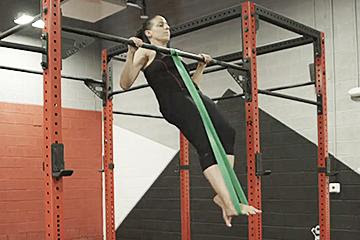
Band assistance is perfect for first introducing the pull-up mechanics as well as gaining the beginning strength for the pull-ups.
Legs assisted pull-ups
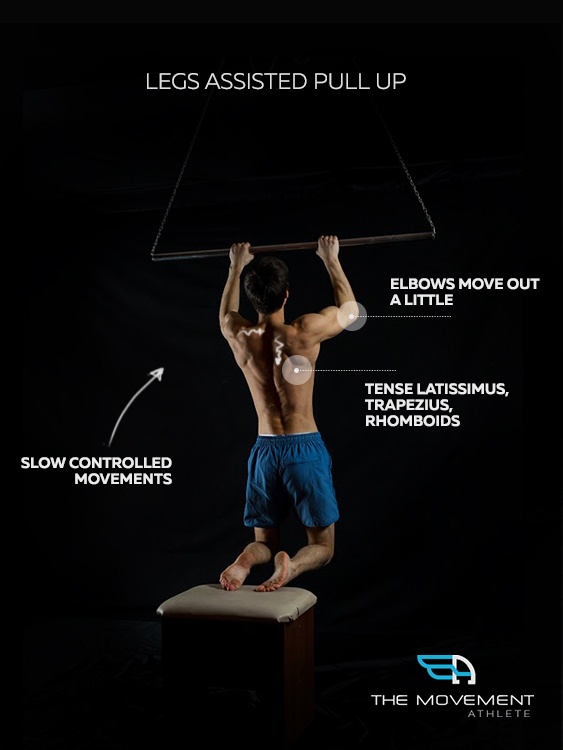
Legs lessen the load so that you can still be able to execute the pull-ups without the band assistance.
Negative chin-ups
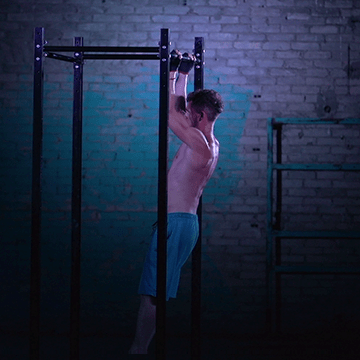
Using an underhand grip lets you involve more of the bicep muscles. Although this is technically a chin-up, not a pull-up, it still engaged the lats. For this specific exercise, we focus on the negative component for additional strength development.
Pull-ups
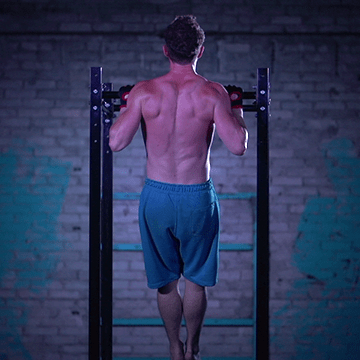
Once you have mastered the chin-ups, you can work your way towards the overhand grip for maximum lat activation.
Harder progressions:
One-arm pull-ups
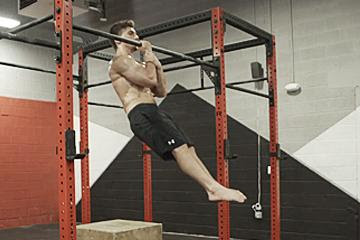
Are pull-ups too easy? Learn the one-arm pull-ups. Take it easy and make sure to follow the proper progression. This is an advanced strength-based skill that requires focus.
Bodyweight row – Horizontal pull
Your back muscle development isn’t complete if you haven’t trained your horizontal pushing pattern. Bodyweight rows target directly your back with ease and can be scaled to suit any skill level.
General form cues:
- Retract and depress shoulders once initiating the movement
- Imagine driving the elbows towards the back
- Full-body tension
- Chest to bar
- Neutral head position
Wide arm pulls
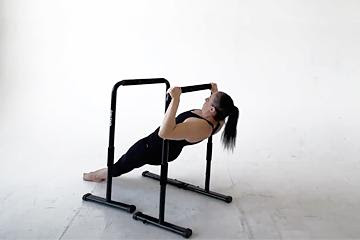
The wider arm position allows for maximum lat activation. You can begin with a higher body angle when beginning then lower down as you get stronger.
Close arm pulls
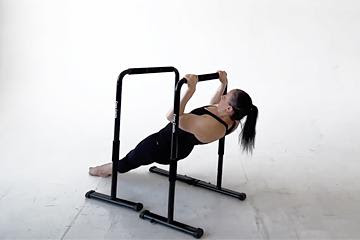
The closer arm position of this pull variation targets the trapezius and rhomboids, back muscles which needed attention too. You can easily scale this exercise by varying the level of angle and height of your bar.
Horizontal rows
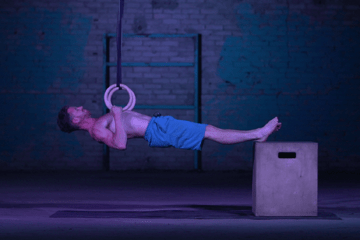
When you get strong enough, positioning the body into a deficit puts more challenge for your back muscles to execute the movement.
Harder progressions:
Front lever
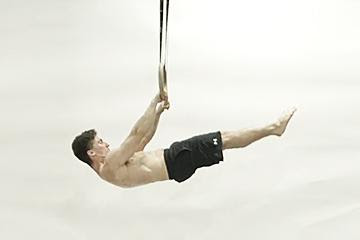
Front levers do wonders for your posterior chain. The hold and progressions of the exercise will definitely beef up your back. You can also opt to add rowing motion to the isometric hold progressions to add challenge to the already demanding exercise.
Leg Work
Squats
Squats are amazing for building a strong, mobile, and functional lower body.
There’s a lot of myth surrounding leg development using bodyweight. Although there is an evident limitation, you can still build strong and big tree-trunk legs using calisthenics alone. We will be featuring the best lower body exercise which is the squat but take note that calisthenic leg work isn’t limited to this exercise.
General cues:
- Move according to your current lower body mobility
- Maintain upright to slightly diagonal upper torso
- Chest out
- Move hips backward
- Full-body tension
Assisted squat
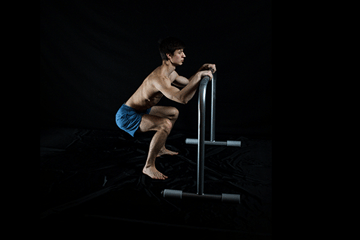
Using any form of assistance for squats helps lessen the load and guides you to the motion while you are working on your lower body mobility.
Half squat
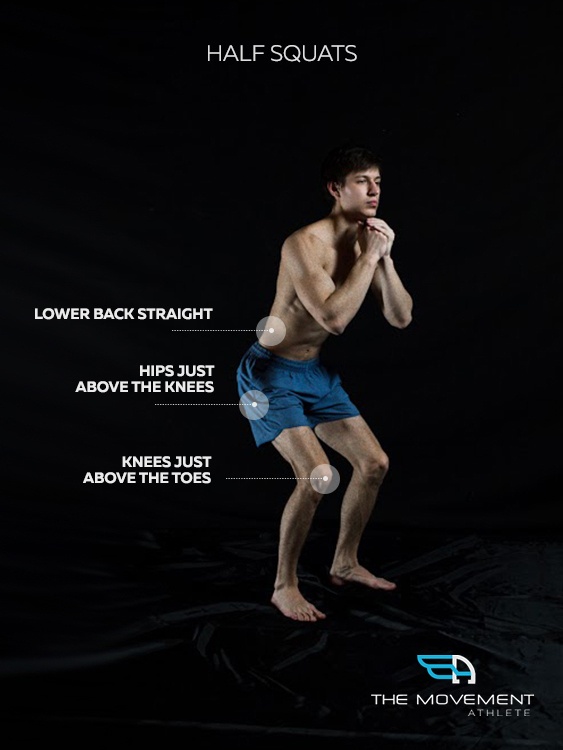
Limiting the range of motion but freeing up yourself from any form of assistance further increases the exercise intensity.
Full squat
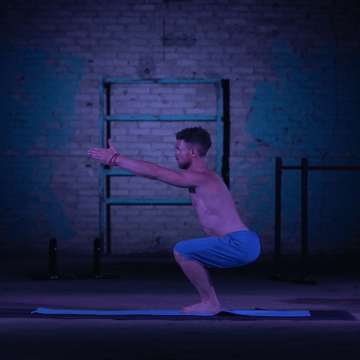
A full squat is when your hamstrings almost touch your calves. It requires good leg strength and mobility as well as ankle mobility.
Close squat
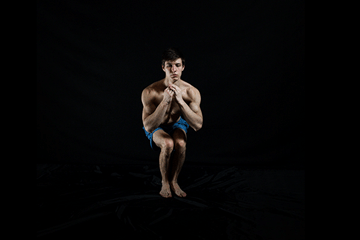
A slight change in feet stance alters the balance of the exercise. The close squat adds more instability so your legs need to work extra hard to pump some reps. The new leg position also puts emphasis on your quads.
Harder progressions:
Pistol squats
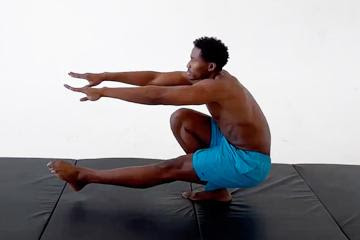
For more advanced leg work, the pistol squat progression offers a ton of opportunities to improve your strength and mobility.
Moving towards more advanced exercises
Once you have completed the fundamental calisthenics progression, you can now work on more difficult calisthenics skills. We have different progressions, which will challenge your functional strength, balance, and stability in a range of different muscle groups.
The best calisthenics workout will increase the stimulation of the muscles by applying pressure and resistance to them.
Try the following progressive calisthenics such as:
- Human flag progression
- Dips progression
- Handstand push-ups progression
- Pistol squat progression
- Abs wheel progression
- Muscle-ups progression
- Bridges progression
- One-arm push-up progression
- Elbow-lever progression
- One-arm pull-ups progression
The secret is in the combination of the exercises. Additionally, as with any practice, you have to take the time for regular workouts and find the motivation to endure.
However, another important subject is the level.
Calisthenics requires a lot of hard work and dedication. That means that you’ll have to apply yourself if you want to see results. The best way forward is to determine the level you’re currently on and work your way up.
Make your own pace with the calisthenics program
The calisthenics workout program is based on a full-body workout, as this is scientifically proven to be the most beneficial type. Knowing that progressive overload is the most important in a workout routine, we provide you with a complete structured workout program that will carry you through the beginner’s level, then across the intermediate section to finally become an advanced calisthenics athlete.
Your nutrition is the core of your results
Whilst you have probably heard that healthy living entails healthy eating, let’s just focus here on how healthy food can influence losing weight and building muscles. It turns out things are pretty simple. As long as you keep your calories in check, you could easily get away with eating all sorts of junk food. In the end, vitamins and microelements can be supplemented so that is not a big deal.
What also matters is your individuality. Every one of us has different metabolism rates, caloric needs, how food affect our body. You should take it into account when preparing your diet plan.
Eat whole foods and monitor your weekly/monthly adaptations.
Can I eat junk food and still lose weight?
Basically, it is not really the food that makes you obese, but rather the number of calories you eat. So-called junk food is jam-packed with those, so keeping your calories in check might be a problem (also, do not forget about providing the right amount of minerals and vitamins).
That leads us to the conclusion that many people will be glad to hear: you do not have to give them up entirely to lose weight. Just remember not to exceed your daily requirement of calories, and you will be fine.
Moreover, after adopting these healthy nutritional habits and making a proper workout plan, the results of calisthenics progression are inevitable.
Read the highest quality content available! Learn more about powerful and progressive calisthenics!
Moderation is still your best bet since food is still very good for your soul as well.
Your Ultimate Guide to Calisthenics Progressions
– build Strength, Mobility, and Gymnast-like body using only your own body weight
The principles of calisthenics involve gradual strength gain by increasing your capability to do exercises of increasing difficulty. The name for this philosophy is known as “progressive calisthenics.” This involves beginning with constant repetition of relatively easy exercises which will increase in difficulty as your strength and bodily capabilities progress.
Once you have completed the progression up to the most difficult exercise, you will have maximized your potential strength in that area. We have different progressions which will challenge your functional strength, balance, and stability in a range of different muscle groups. Complete them all and you will definitely be at the peak of your physical shape.
Below are the progressions I was initially following when training. Anybody who has trained for a long time will tell you that they are missing a lot and they are quite inflexible. As the years went along and I have been learning more I started filling up the holes in the progressions as I knew it and eventually we started working with an amazing team at The Movement Athlete.
Their training program and calisthenics progression are the most comprehensive yet – check out their new training platform here
Here is the link to complete progression spreadsheet
Let me know in the comments what is missing, how did you find it and what we should add.
Also, we have recently released a poster based on these progressions, so you can put it on your wall and start working out. It includes detailed instructions and guidance on building your routine while using these exercises.
You can get it printed in our shop by clicking HERE

